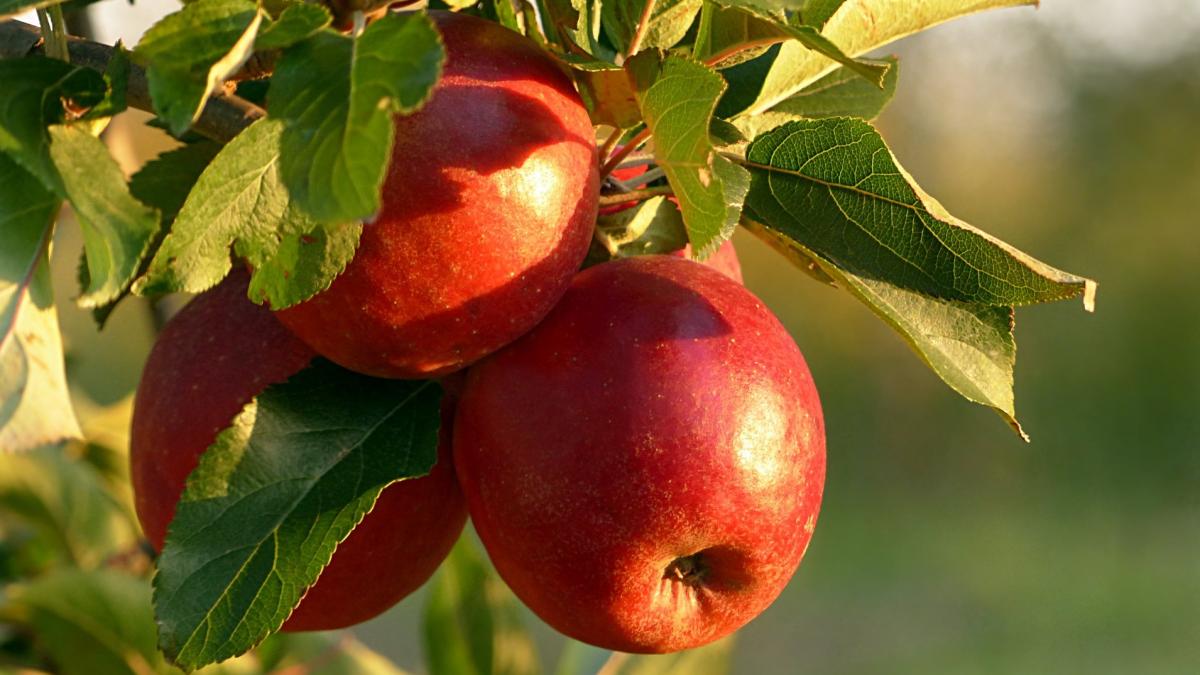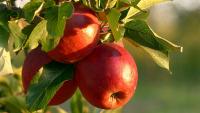You are here
Back to topAs Sweet as Cherries: Chile Targets China and Japan With New Apple Varieties

Amid decreasing exports to Asian markets, the Chilean apple industry is pursuing the development of new cultivars that could perform better in China and Japan. In March, experts from the Pome Fruit Center of the University of Talca, ANA Chile and Biofrutales S.A. held a presentation highlighting new apple varieties in Chile’s Maule region. At the event, growers and exporters were given the opportunity to see and taste the fruit of selected cultivars, namely, the intermediate selections 345 and 5 and the advanced selection 301.
The program of breeding new apple varieties, which is supported by French firm IFO/Dadival, aims to reach higher degrees of sweetness and crispness, as well as a more uniform size and a more intense red coloration. These features are considered to appeal to Asian consumers and thus may help to boost Chile’s apple exports following a significant drop in trade volumes in recent years. According to Chile’s Office of Agricultural Studies and Policies, the country’s apple exports to China reached $40 million in 2019. However, they continuously declined during the COVID-19 pandemic and amounted to only $14 million in 2020 and $8 million in 2021. For 2022, the office estimates a total export value of $11.6 million, representing something of a recovery, albeit a modest one. In this context, it is important to note that China’s apple market rebounded significantly last year with fresh apple imports totaling $216 million, a year-on-year increase of over 40%.
The variety drawing the most attention during the presentation was the advanced selection 301, which is already under production in the Maule region. In the future, this cultivar is expected to replace Honeycrisp, which is currently encountering color problems, has an excessive size and is susceptible to bitter pit disease. The 301 variety is harvested in late March, somewhat later than the early February harvest time of Honeycrisp. With the trials still underway, the two varieties are anticipated to initially complement one another in terms of exports. According to Lorena Pinto, head of pome and cherry products at ANA Chile, there is no guarantee that the new cultivar will not also be affected by bitter pit disease, but it does have the advantages of a more uniform size and superior color.
Speaking of the intermediate selections, the experts expressed more optimism regarding their further development and exportation. When commenting on the taste of the 345 variety, Pinto emphasized its sweetness of 18.9 degrees Brix, adding that this cultivar is as sweet as cherries. In her opinion, both the 345 and 5 varieties can be developed ahead of the advanced ones because they offer exactly what Asian markets are looking for, namely, extra sweetness and a rich red color. The industry is looking to replace Fuji apples with these two new cultivars in the area of sweet apples. The trials, however, have yet to be completed and will require more trees to be planted across the region. Later, the orchards can be showcased to potential customers focused on exporting to Asia.
Before the new varieties can be exported, they must undergo certain validation and registration procedures, such as being listed as protected varieties by Chile’s Agricultural and Livestock Service. In addition, work must be done to generate demand in China and Japan, including sending test batches of the varieties to traders.
Images: Pixabay (main image), Redagrícola (body image)














Add new comment